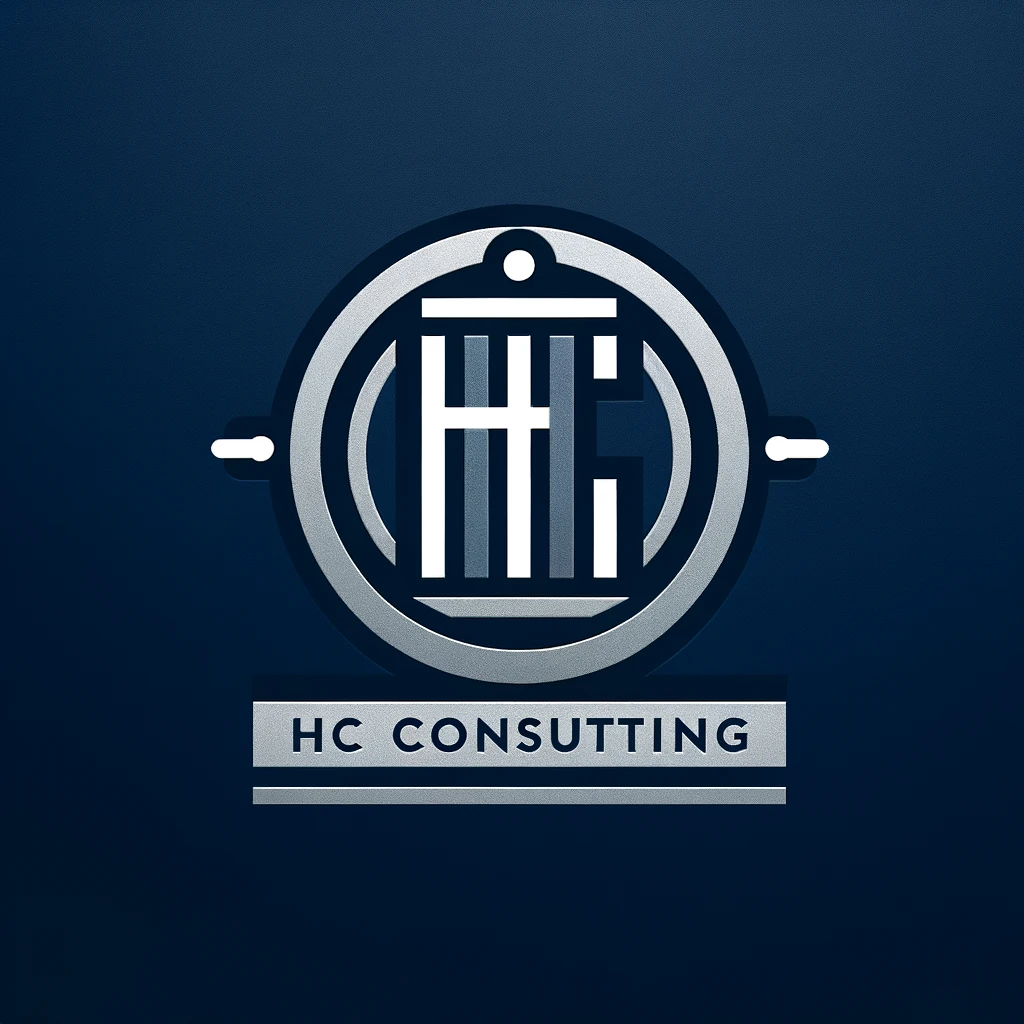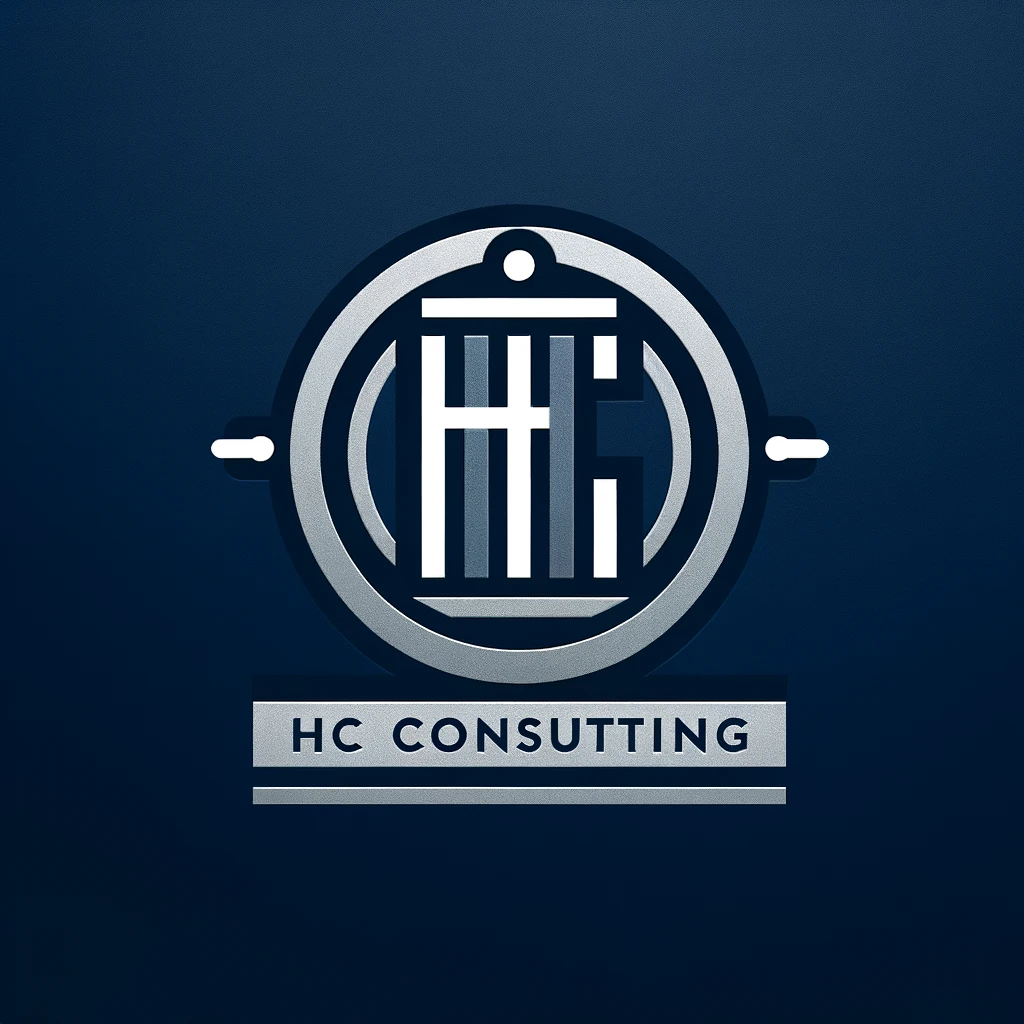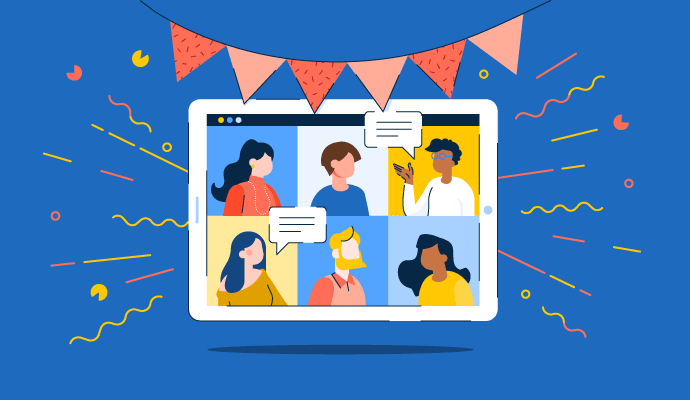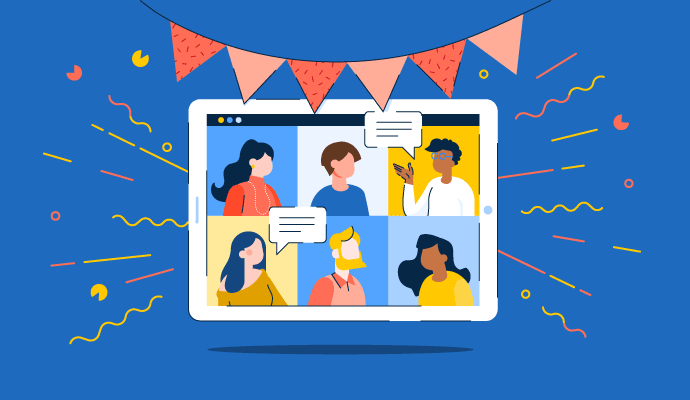Efficient billing and coding practices are essential for the financial health of midwifery practices and birth centers. Proper coding not only ensures you get paid for your services but also reduces the likelihood of claim denials and audits. Here are some valuable tips to help midwives and birth centers navigate the complexities of billing and coding.
1. Understand the Basics of Coding
Familiarize Yourself with CPT and ICD Codes
- Current Procedural Terminology (CPT): These codes are used to describe the services provided. For midwives, this includes codes for prenatal visits, deliveries, and postpartum care.
- International Classification of Diseases (ICD): These codes are used to identify diagnoses. Understanding the ICD codes relevant to pregnancy, childbirth, and women’s health is crucial.
2. Stay Updated on Coding Changes
Regularly Review Coding Updates
- Annual Updates: Keep abreast of changes to CPT and ICD codes, which can occur annually. Resources like the American Academy of Professional Coders (AAPC) or the American Medical Association (AMA) provide updates and guidelines.
- Webinars and Workshops: Attend coding workshops or webinars to enhance your skills and stay informed about best practices and changes.
3. Implement a Robust Documentation System
Accurate and Thorough Records
- Detailed Documentation: Ensure that all client interactions, services provided, and diagnoses are thoroughly documented. Clear documentation supports coding accuracy and justifies billing.
- Use Templates: Consider using standardized templates for common visits or procedures to streamline documentation while ensuring compliance with coding requirements.
4. Utilize Software Tools
Invest in Practice Management Software
- Comprehensive Solutions: Use billing and practice management software tailored for midwifery practices. These tools can automate coding and billing processes, reducing manual errors.
- EHR Integration: Choose software that integrates with your Electronic Health Records (EHR) system for seamless data transfer, which enhances accuracy and efficiency.
5. Verify Insurance Information
Collect Accurate Patient Data
- Insurance Verification: Confirm clients’ insurance coverage and eligibility before providing services. This can prevent billing issues later on.
- Preauthorization: For certain procedures or tests, check whether preauthorization is needed and assist clients with the process to avoid denials.
6. Educate Your Team
Training and Knowledge Sharing
- Staff Training: Ensure that all staff involved in billing and coding are properly trained and understand the nuances of midwifery billing. Regular training sessions can reinforce best practices.
- Collaborative Approach: Foster communication between clinical staff and billing personnel to ensure everyone is aligned on documentation needs and coding requirements.
7. Review Claims Before Submission
Quality Control
- Double-Check Codes: Always review claims for accuracy before submission. Check that the correct codes are used and that documentation supports the services billed.
- Utilize Checklists: Create a checklist for claim submission to ensure all necessary elements are included, such as modifiers, patient information, and proper coding.
8. Follow Up on Claims
Timely Claims Management
- Track Claims: Implement a system to track the status of claims submitted to insurance companies. This helps identify any denials or delays early on.
- Timely Appeals: If a claim is denied, act quickly to investigate the reason and submit a well-documented appeal if warranted.
9. Know Your Billing Policies
Familiarize Yourself with Reimbursement Guidelines
- Insurance Contracts: Understand the reimbursement policies and contracts with different insurance providers. Knowing their requirements can streamline the billing process.
- Medicare and Medicaid: Stay informed about specific billing requirements for government programs, as they often have distinct guidelines.
10. Monitor Financial Performance
Regular Financial Audits
- Review Financial Reports: Regularly analyze your practice’s financial reports to assess revenue cycles, identify trends, and pinpoint areas for improvement.
- Adjust Strategies: Use the insights gained from financial monitoring to make informed decisions about billing practices and service offerings.
Efficient billing and coding practices are essential for the success of midwifery practices and birth centers. By staying informed, implementing robust systems, and educating your team, you can enhance your billing processes, reduce claim denials, and ultimately improve your financial health. Embrace these tips to streamline your billing and coding efforts, allowing you to focus more on what you do best: providing exceptional care to families.
Great Course Available – Comprehensive Billing and Coding for Birth Centers and Midwives | Educ (teachable.com)
The post Billing and Coding Tips for Midwives and Birth Centers appeared first on MIDWIFERY BUSINESS CONSULTATION.




